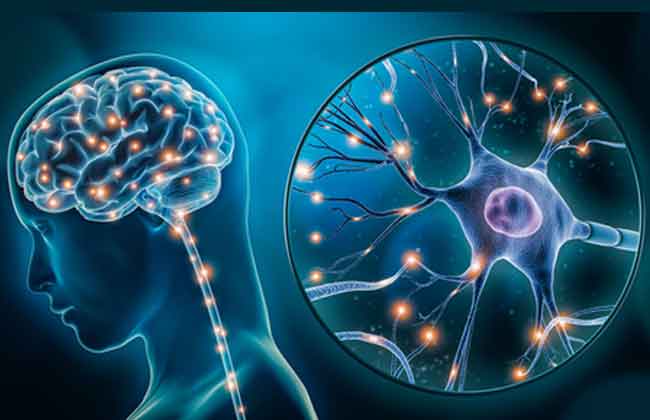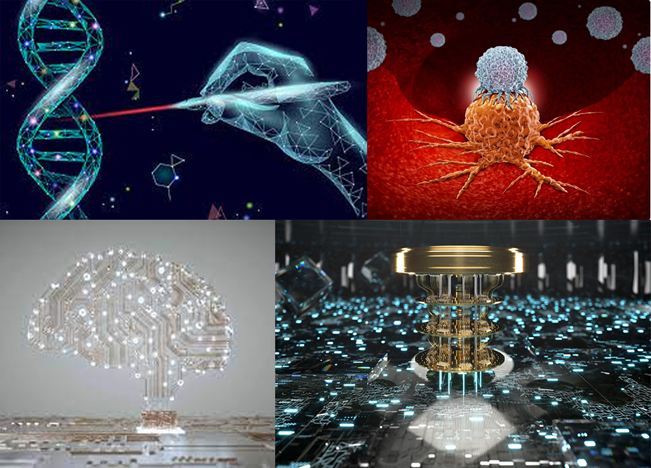Neuroscience and Brain Research: Understanding the Intricacies of the Human Mind
The human brain is one of the most complex and fascinating structures in the universe. It is the command center for all our thoughts, emotions, and behaviors. Neuroscientists and brain researchers have been studying the brain for decades, trying to unravel its mysteries and understand how it works. Thanks to their research, we now know more about the brain than ever before. In this article, we will explore the field of neuroscience and brain research, and how it has advanced our understanding of the human mind.
What is Neuroscience?
Neuroscience is the scientific study of the nervous system, including the brain, spinal cord, and nerves. It encompasses a range of fields, including biology, psychology, physics, and chemistry. Neuroscientists use a variety of techniques to study the nervous system, such as imaging technologies like MRI and PET scans, as well as molecular and genetic approaches.
One of the key goals of neuroscience is to understand how the nervous system gives rise to behavior and cognition. This involves investigating the neural processes that underlie perception, learning, memory, emotion, and consciousness. Neuroscience also has important clinical applications, as it can help us better understand and treat neurological and psychiatric disorders.
Advances in Neuroscience
The last few decades have seen remarkable advances in neuroscience and brain research. One of the most significant breakthroughs has been the development of new imaging technologies that allow us to see the brain in action. Functional magnetic resonance imaging (fMRI), for example, can detect changes in blood flow in the brain, which can indicate neural activity. This has revolutionized our understanding of how different parts of the brain are involved in specific cognitive processes.
Another major advance has been the development of optogenetics, a technique that allows researchers to control specific neurons in the brain using light. This has opened up new possibilities for investigating the neural circuits that underlie behavior and cognition.
Neuroscience has also benefited from interdisciplinary collaborations. Researchers from different fields, such as physics and computer science, have contributed to the development of new tools and techniques for studying the brain.
![]()





